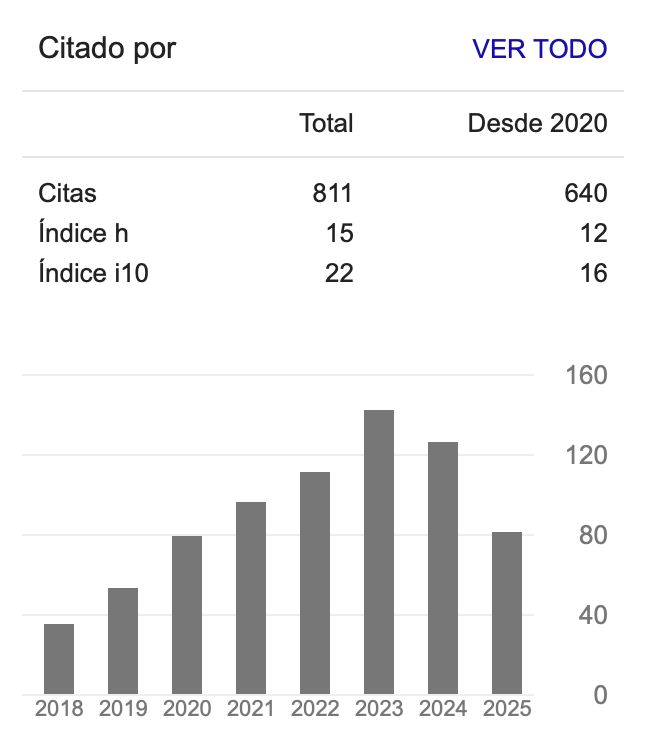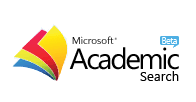Didactics for the teaching-learning processes in the training practice in Hemostasis
DOI:
https://doi.org/10.54104/papeles.v12n24.836Keywords:
medicine, hematology, hematooncology, hemostasis, teaching-learning, didacticsAbstract
The development of diagnostic tests for the detection of alterations of hemostasis, their interpretation and correlation requires the permanent and detailed study of the biochemical, physiological and pathological processes. The factors that enter to participate in the teaching-learning processes of hemostasis depend on the complexity of the topics, the preconceptions, the applied dynamics, the structuring of the work plan, the methodology and the time required for the apprehension of knowledge. In this work it was applied a range of educational modalities that included special didactics, demonstration activities and experimental learning linked to general didactics. From the literature reviewed and the approach with the resident phisicians through the teaching-service agreement between the Laboratorio de Referencia en Hemostasia with the Universidad Militar Nueva Granada and the Fundación Universitaria de Ciencias de la Salud, it was considered to establish how teaching didactics-learning of hemostasis is articulated in the orientation of praxis for the enhancement of knowledge in a complex area of medicine. A survey of hematology and hematopoietic oncology to resident phisicians was carried out in the period from 2013 to 2016 in order to establish the perception about didactics applied in the specialized rotation of hemostasis, which in 92% were shown to be adequate for the Training of specific skills. Thus, it is proposed the application of didactics that allow the articulation of praxis and complex theory for the empowerment of knowledge and the strengthening, construction and reproduction of learning.
Downloads
References
Anderson, G., Boud. D., Sampson, J. 1996. Qualities of Learning contracts. Higher education for capability.
Bringle, R., Hatcher, J. 1999. Reflection in Service-Learning: Making of Experience. Educational Horizons, 179-185.
Brousseau, G. 1983. Los obstáculos epistemológicos y los problemas en matemáticas. Revista de educación matemática, 4(2), 164-198.
Carvajal, M. 2009. La didáctica. Fundación Academia de Dibujo Profesional.
Camilloni, A. 2008. Didáctica general y didácticas específicas. El saber didáctico. Buenos Aires: Paidós, 23-39.
Comenio, J. A. 1971. Didáctica Magna 2° ed. Madrid: Reus S.A.
Comenio, J. A. 2000. Didáctica Magna 11° ed. México: Porrúa.
Comenio, J. A. 2007. Didáctica Magna 17° ed. México: Editorial Porrúa.
De los Ríos, F. 1997. Obras completas III: escritos breves. Barcelona: Anthropos.
Eyler, J. 2002. Reflection: Linking Service and Learning-Linking Students and Communities.
Social Issues, 58(3), 517-534. doi: 10.1111/1540-4560.00274.
Grisales-Franco, L.M. 2012. Aproximación histórica al concepto de didáctica universitaria. Educ, 15(2), 203-218.
Howard, SK., Gaba, DM., Fish, KJ., Yang, G., Sarnquist, FH. Anesthesia crisis resource management training: teaching anesthesiologists to handle critical incidents. Aviat Space Environ Med, 1992(63), 763–770.
Lekkas, P., Larsen, T., Kumaar, S., Grimmer, K., Nyland, L., Chipcase, L., Finch, J. (2007), “No model of clinical education for physiotherapy students is superior to another: a systematic review”. Aust. Journal of Physiotherapy, 53(1), 19-28.
López, L. 2013. Enfoque cuantitativo de la investigación. Ministerio de Educación, Universidad pedagógica experimental Libertador. Venezuela-El tigre.
Paulsen, F., Thilly, F., & Elwang, W. 1906. The german universities and university study. New York: Bibliolife Network.
Downloads
Published
-
Abstract610
-
PDF (Español)331
How to Cite
Issue
Section
License

This work is licensed under a Creative Commons Attribution-NonCommercial-ShareAlike 4.0 International License.






